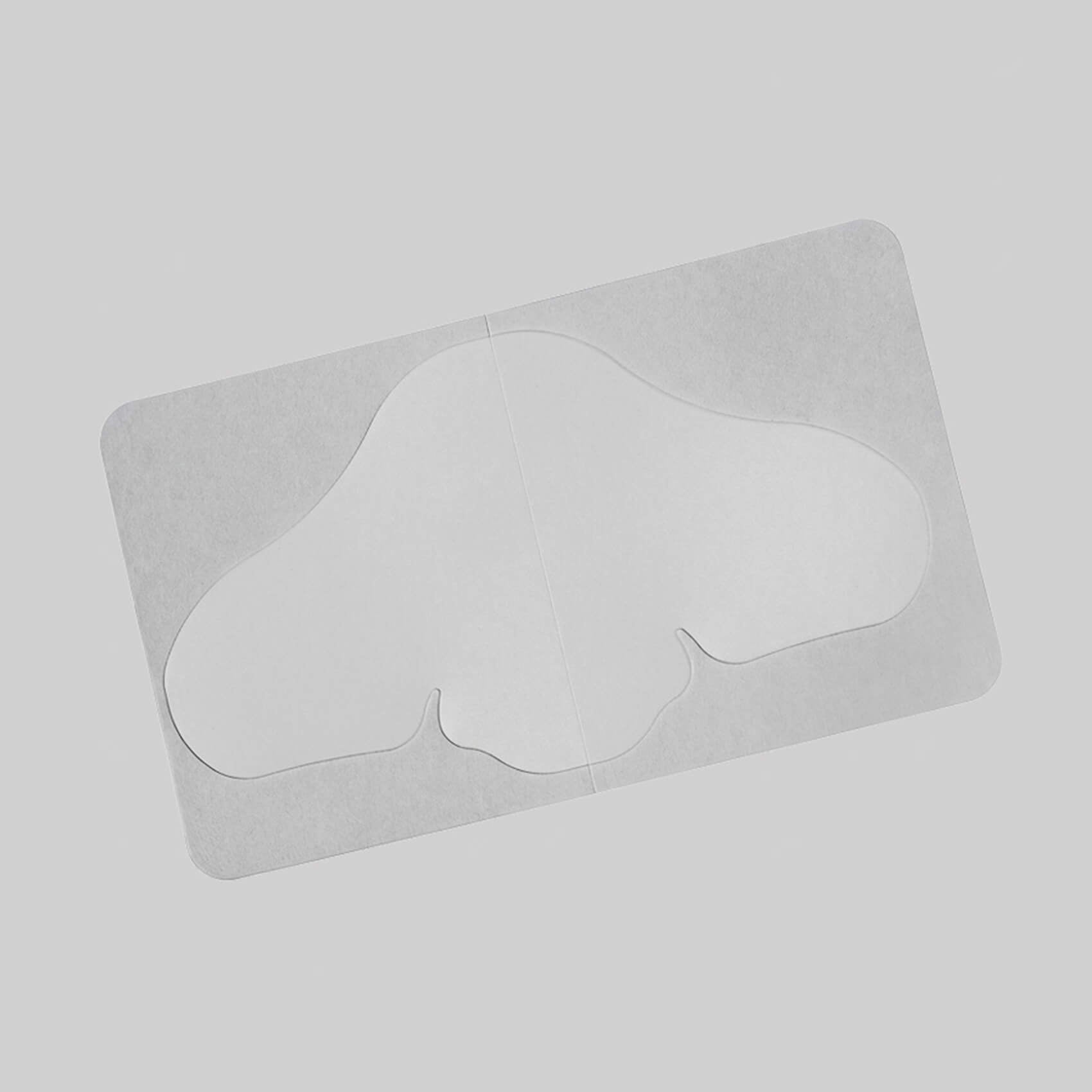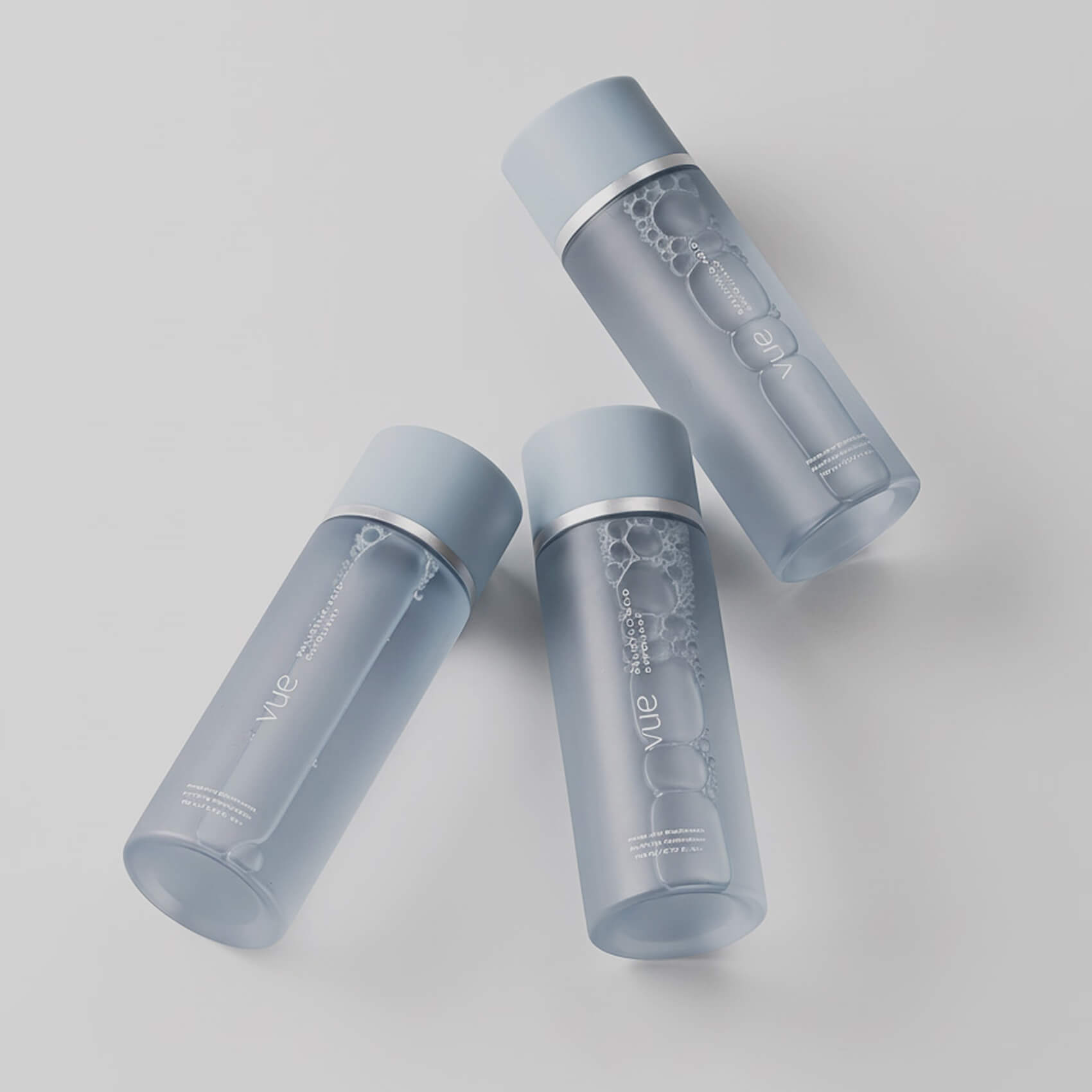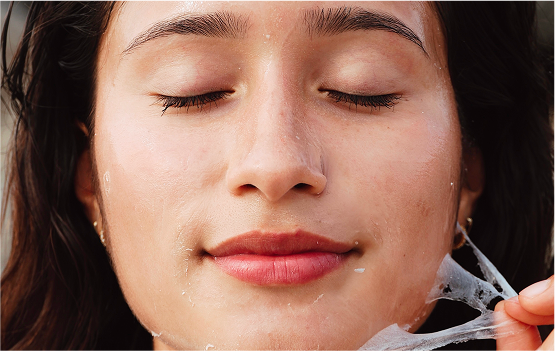Acne isn’t just a teenage nightmare—it’s a complex skin condition influenced by biology, environment, and even your daily habits. But what’s really happening beneath the surface? Why do some people get breakouts while others seem to have effortlessly clear skin?
To understand acne, we need to dive deeper into the skin’s structure, the role of pores and sebaceous filaments, and the different types of acne that exist. By the end of this, you’ll not only have a clearer understanding of acne but also know why certain treatments—like hydrocolloid patches—work better than others.

The Skin’s Oil Factory: How Pores and Sebaceous Glands Work
Your skin is covered in tiny openings called pores, which serve as exit points for sweat and sebum (oil). These pores are part of the pilosebaceous unit, which includes a hair follicle and a sebaceous gland. The sebaceous gland is responsible for producing sebum, an oily substance that keeps your skin hydrated and protected.
But here’s where things can go wrong:
- If your skin produces too much sebum, your pores can become clogged.
- If dead skin cells don’t shed properly, they mix with the oil and block the pores.
- This creates the perfect environment for Cutibacterium acnes, a bacteria that thrives in oily, oxygen-deprived spaces.
When your immune system detects bacteria inside a clogged pore, it triggers inflammation, leading to the swollen, red breakouts we call acne.

Sebaceous Filaments vs. Blackheads: What’s the Difference?
If you’ve ever looked closely at your nose and seen tiny, dark dots, you might assume they’re blackheads. But they could actually be sebaceous filaments, which are totally normal.
Sebaceous filaments are tiny, cylindrical structures that line the inside of your pores. Their job is to help guide sebum to the skin’s surface, preventing dryness and maintaining a healthy barrier. Unlike blackheads, sebaceous filaments aren’t clogged pores—they’re simply a natural part of how your skin regulates oil. They tend to be more visible in people with oily skin, especially on the nose and chin, but they don’t require treatment. Regular cleansing and exfoliation can help minimize their appearance, but they’ll always return as part of your skin’s natural function.
Blackheads, on the other hand, occur when a pore becomes clogged with oil and dead skin cells. When exposed to air, the trapped material oxidizes, turning dark. Unlike sebaceous filaments, blackheads are a form of acne and can be treated with exfoliants like salicylic acid.

The Different Types of Acne
Not all acne is created equal. Some breakouts are small and surface-level, while others are deep, painful, and prone to scarring. Here’s how they differ:
Whiteheads
These are closed, clogged pores covered by a thin layer of skin, creating a small, firm bump. Because they’re sealed off from the air, the trapped oil and dead skin remain white or flesh-colored.
Blackheads
Open clogged pores where oil and dead skin have been exposed to air, causing oxidation and a darkened appearance. Unlike whiteheads, they don’t have a layer of skin covering them, making the debris inside more visible.
Papules
When a clogged pore becomes irritated and inflamed, it forms a red, raised bump known as a papule. These pimples don’t contain visible pus but can feel tender and may worsen with friction or picking.

Pustules
Similar to papules but with a white or yellow center, pustules are inflamed pimples filled with pus. This pus is a mix of dead skin cells, bacteria, and white blood cells from your immune system’s response to infection. Spot treatments with benzoyl peroxide can help kill acne-causing bacteria.
Nodules
These are large, firm lumps deep under the skin that develop when bacteria and debris become trapped far below the surface. Nodules don’t contain visible pus, and they often feel painful. Because they form so deeply, they’re difficult to treat with topical products alone—prescription treatments like oral antibiotics or isotretinoin are often needed.
Cysts
The most severe type of acne, cysts are deep, pus-filled lumps that can be very painful and prone to scarring. Unlike nodules, cysts contain a fluid component, which makes them softer to the touch. Dermatologists may recommend draining cysts or using prescription medications like isotretinoin to prevent long-term damage.

Why Do Some People Get More Acne Than Others?
If you’ve ever wondered why some people have clear skin while others struggle with acne, the answer isn’t simple. Several factors contribute to breakouts, and for many, it’s a combination of multiple triggers rather than a single cause.
Genetics: Your Skin’s Blueprint
One of the biggest predictors of acne is your genetic makeup. If your parents had acne, you’re more likely to develop it too. Genetics influence:
- How much oil your skin produces
- How quickly your skin sheds dead cells
- How sensitive your immune system is to bacteria and inflammation
This means that while lifestyle and skincare play a role, some people are naturally more prone to breakouts.
Hormones: The Oil Regulators
Hormones control how much oil your skin produces, which is why acne is common during puberty, menstrual cycles, pregnancy, and even stressful periods. Androgens, like testosterone, stimulate the sebaceous glands, making them produce more oil.

Diet: The Controversial Factor
The link between diet and acne is still debated, but research suggests that high-glycemic foods and dairy may contribute to breakouts by increasing insulin levels and stimulating oil production.
Skincare & Makeup: Are You Clogging Your Pores?
Using the wrong skincare or makeup products can lead to clogged pores. Look for non-comedogenic labels to avoid unnecessary breakouts.
The Role of Hydrocolloid Spot Patches
While not a cure for acne, Hydrocolloid Patches can be a game-changer for treating individual pimples. These small, transparent hydrocolloid stickers absorb fluid from pustules, reduce redness and swelling, and prevent picking—which can lead to scarring.
They work best on pustules and whiteheads, drawing out excess moisture to flatten breakouts overnight and speed up healing. Plus, they create a protective barrier, minimizing bacteria transfer and irritation.
And just in time for Valentine's Day, Vue Hearted Spot Patches are here! This limited-edition heart-shaped version makes tackling breakouts a little more fun—because clear skin deserves a little love too.

Final Thoughts
Acne is a complex condition influenced by multiple factors, from excess oil production to clogged pores and bacterial overgrowth. Understanding the science behind breakouts can help you choose the most effective treatments for your skin type. Whether you’re dealing with stubborn blackheads or painful cysts, targeted treatments—like salicylic acid, retinoids, and hydrocolloid patches—can help you regain control of your skin.
The key? Consistency. Acne treatments take time to work, so be patient, stick to your routine, and give your skin the care it needs.
















